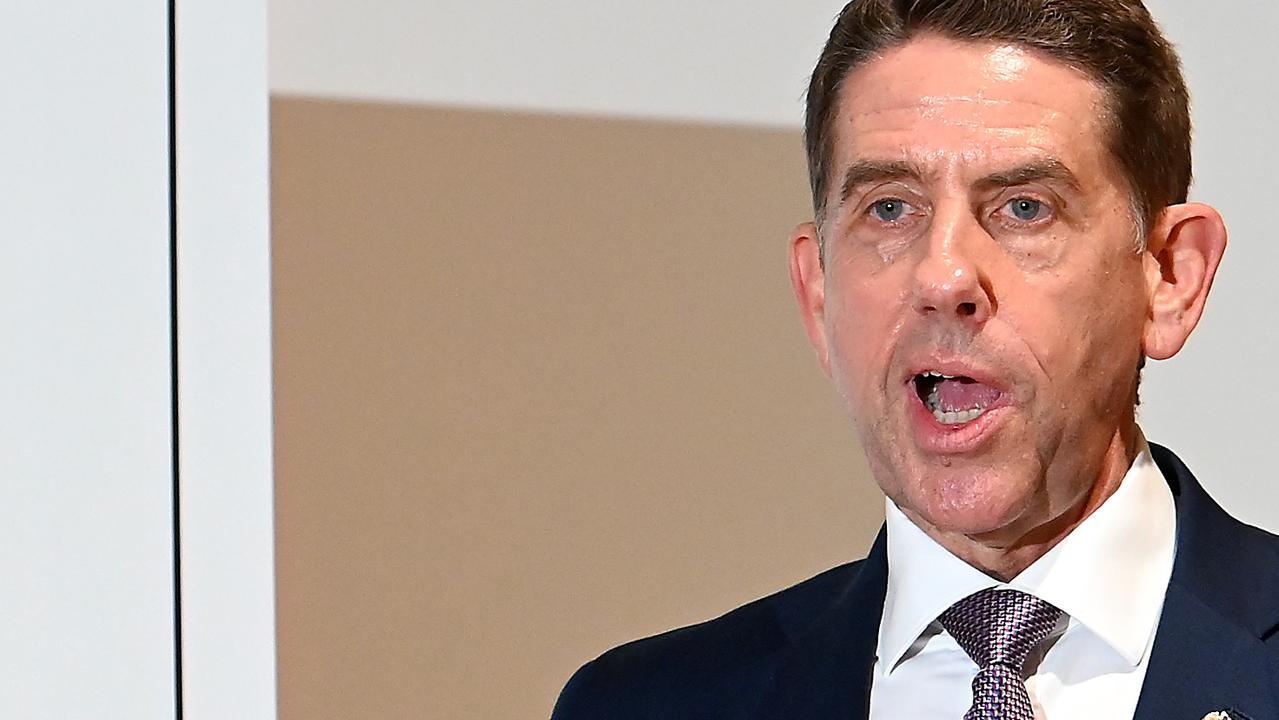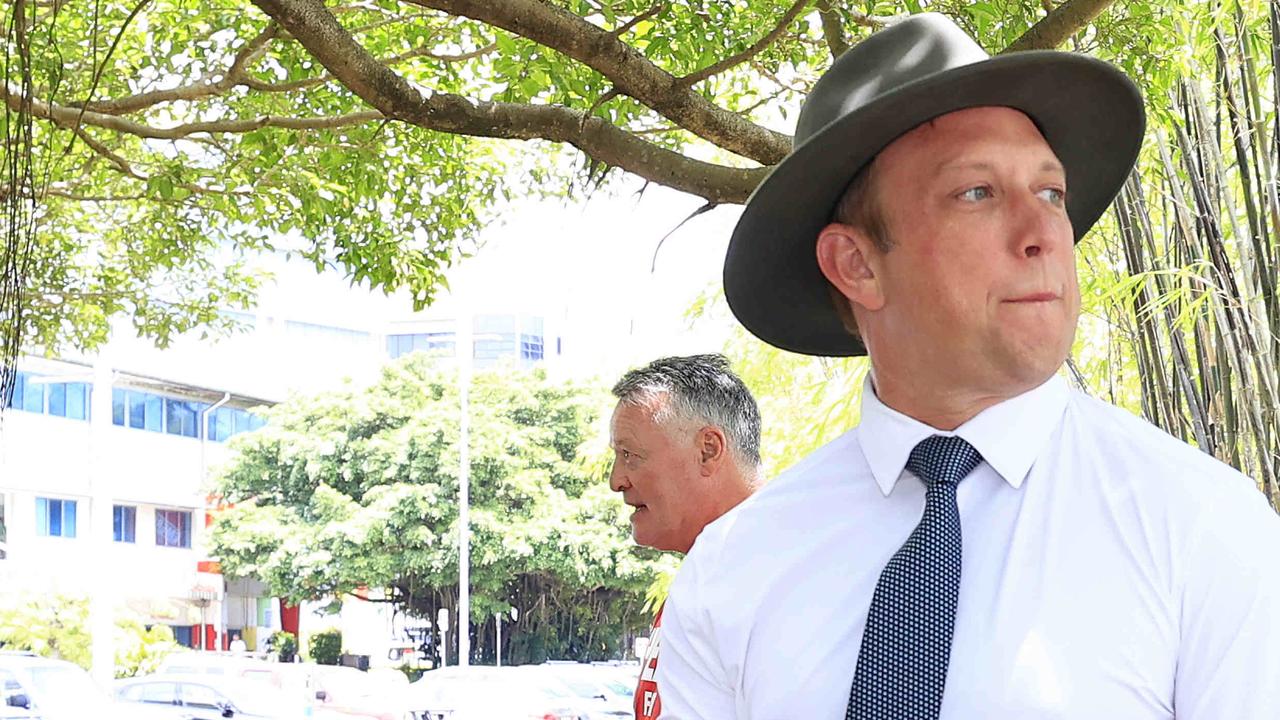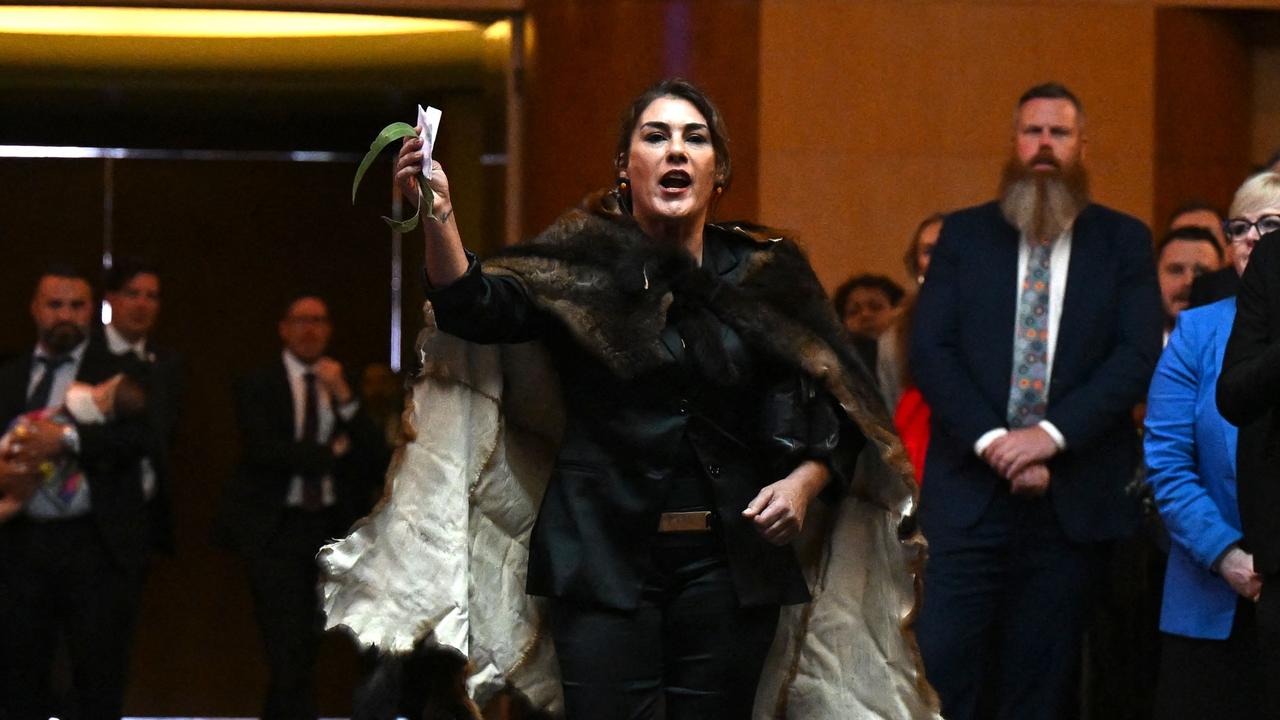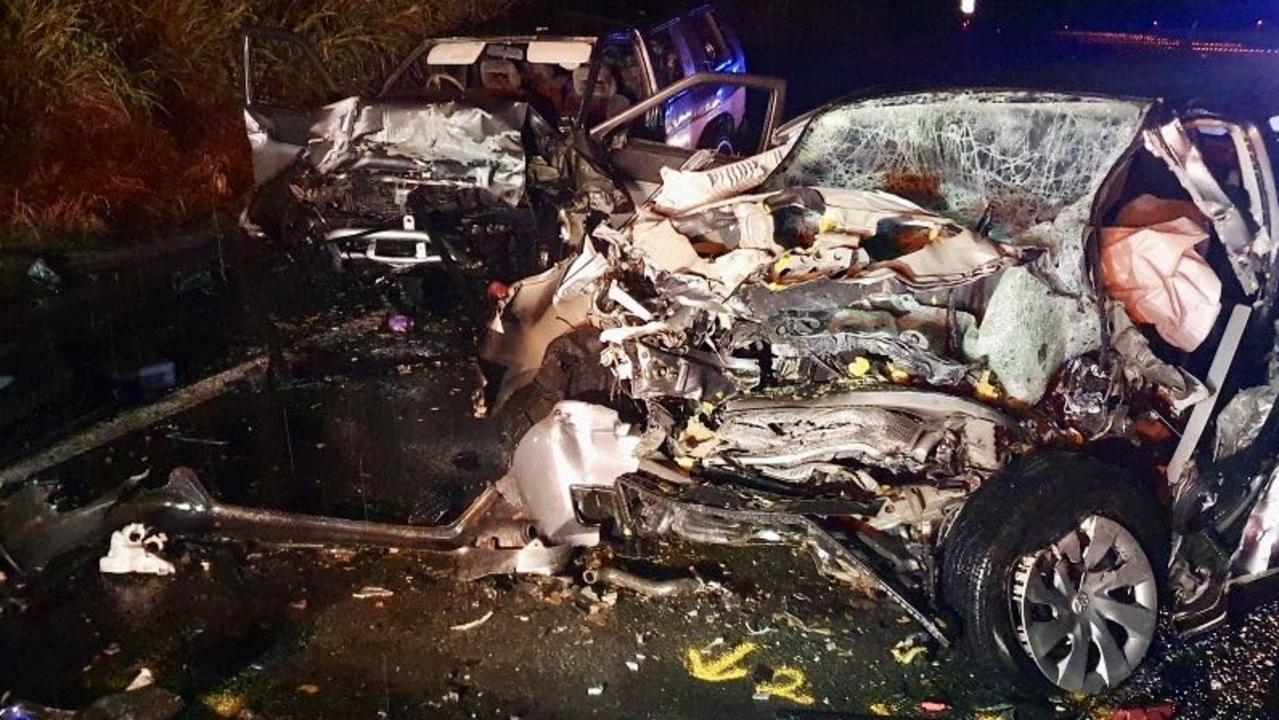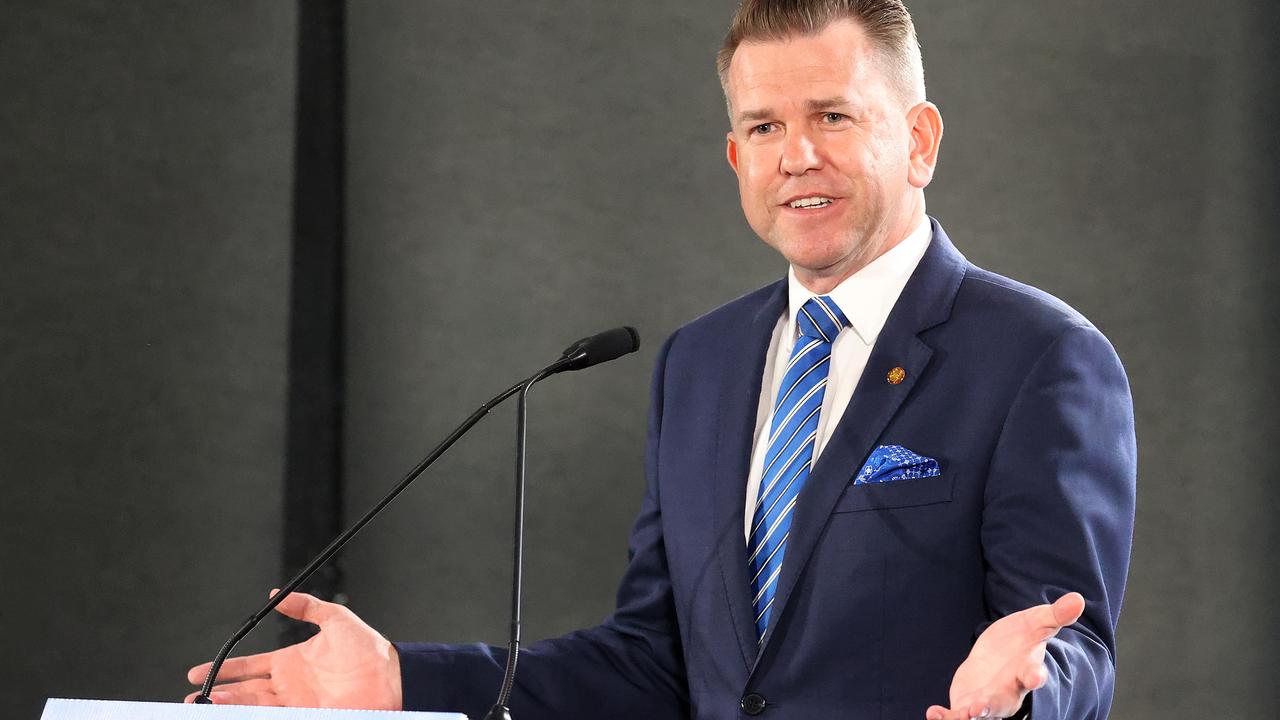Editorial: Brisbane Metro expansion will be a Games-changer
The plan to expand Brisbane Metro services is one of the most significant single announcements for transportation around our capital, writes the editor.
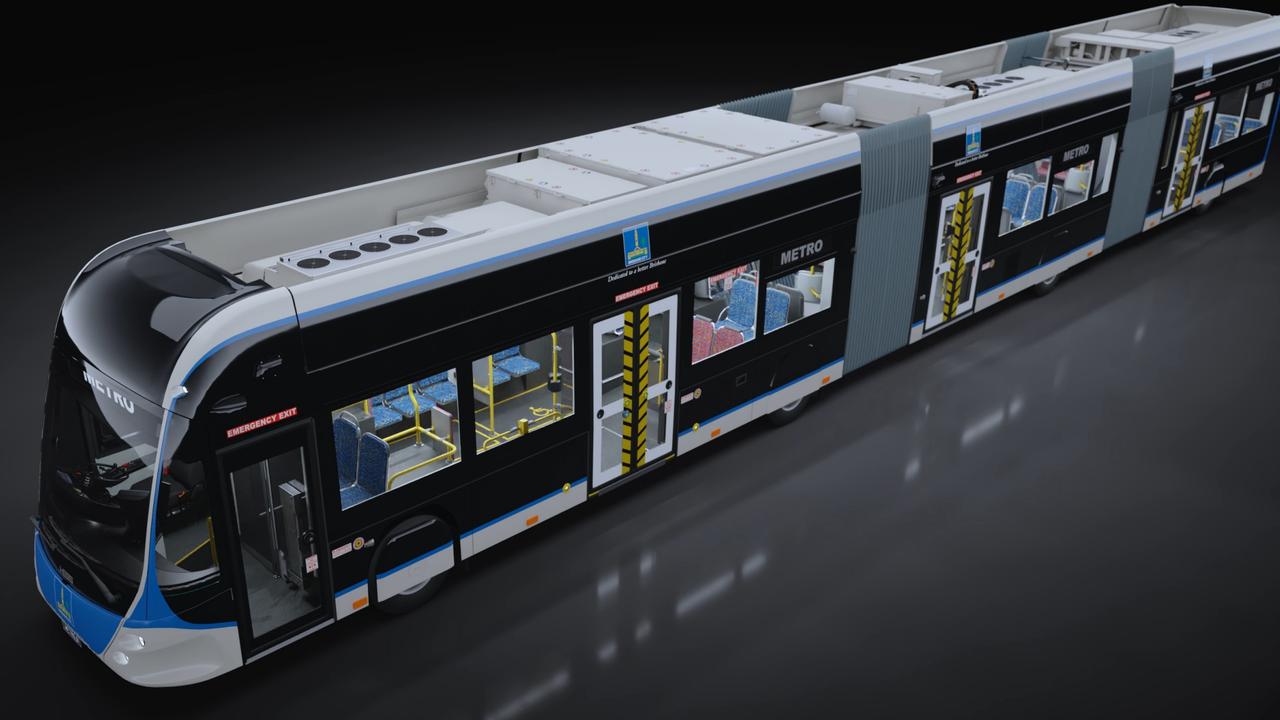
Opinion
Don't miss out on the headlines from Opinion. Followed categories will be added to My News.
The plan to expand Brisbane Metro services beyond the inner city and out deep into the eastern, southern and northern suburbs is one of the most significant single announcements for transportation around our capital.
These Metro services will – if delivered as promised – be far more than a longer electric bus. They are more like a tram service – the likes of which so many cities are building – but without the long lead-time and massive capital cost of having to construct the rails for them.
Instead, the 150-seat Metros – that actually do look like modern trams – can operate on-road; and so it is much easier to deliver an extension from the current inner-city network out to places like Carseldine in the north, Capalaba in the east, and Springwood in the south. The Metros do not need tracks, just a priority lane.
A planned separate link out to the airport would also be a huge game-changer, although – frustratingly – the biggest challenge for that route could be overturning the mandated monopoly until the middle of next decade that the operators of the Airtrain have for mass transit.
If the business case that Lord Mayor Adrian Schrinner hopes to fund out of $45m allocated already for a now-unnecessary Metro stop underground at Woolloongabba finds that the suburban network is viable, then the way we get around the city will change forever.
There is grand irony in the fact that so many cities are now turning back to the trams they took out of service a few generations ago due to the promise of a future where our commutes relied on motor cars. In Brisbane, the trams were stopped in 1969. But as if often the case, what is old is often new again – and so it could be with this plan for Metro.
Now, we do not yet know if Brisbane people will get on board the Metro. The test will come over the next few months as the initial 21km turn-up and go service on two dedicated lines linking Eight Mile Plains with Roma Street, and the University of Queensland with the Royal Brisbane and Women’s Hospital at Bowen Hills, begins.
The first services are promised to begin in October between UQ and Eight Mile Plains, with the full 18-stop inner-city network operational sometime next year.
But should they be a success, this expansion to a further 22 stops across the suburbs makes perfect sense (although apologies to anyone who lives in the western suburbs – you’re not on the list).
It is also almost unavoidable, as Lord Mayor Adrian Schrinner explained yesterday in an address to a Committee for Brisbane lunch. He revealed that our existing public transport system can only – at peak – deliver 50 per cent of the need that the Olympic Games will demand.
He also reminded the audience of the truth that the original plan to bid for the Games was driven by the need to use it as a catalyst to deliver the better transport solutions that this growing region will demand into the future – way beyond 2032.
As Mr Schrinner told the lunch: “There’s been too much talk about stadiums. Too much back-and-forth. Too much wasted time. Brisbane needs a transport plan for today, the Games and beyond.”
The key word there is beyond. These Games – as amazing as they will be – will come and go. The Olympics run for two weeks, the Paralympics a bit shorter. Our planning should therefore not be on just the requirements of those two events. Our focus should be on the necessities for our shared future.
CELEBRATE BEING AUSSIE AT OUR GAMES
The Lord Mayor also made a very good point yesterday when he said that we should not fear trying to live up to what Paris – with its iconic landmarks – showed the world during the Olympics, and will over coming days in the Paralympics.
We too easily forget what we have here in our little corner of the world that is the envy of the globe: our beautiful and dramatic scenery.
Brisbane itself is a beautiful city, of course – with our winding river at its centrepiece a source of such pride, and also of opportunity when the world comes to town. But we are a cityscape like many others.
That is not the case when it comes to our wildlife, and beautiful Gold and Sunshine Coasts – which will host some of the most iconic events for the Games in 2032.
As Lord Mayor Adrian Schrinner said in his speech to the Committee for Brisbane lunch, “Brisbane 2032 needs to embrace what is so special and unique about our city, our region and our state – our unique environment and natural attractions, our outdoor lifestyle and fantastic subtropical climate.”
As Australians, we think cuddling a koala or images of sun-bronzed lifesavers as kitsch. But for the rest of the world, this is actually what defines Australia – what makes us unique and attractive. We should embrace these differences in 2032.
As Mr Schrinner said, we are a destination that is not well known globally and so we actually have an advantage over the Londons and Parises: we have a lot more to gain than them, if we get this right.
Responsibility for election comment is taken by Chris Jones, corner of Mayne Rd & Campbell St, Bowen Hills, Qld 4006. Printed and published by NEWSQUEENSLAND (ACN 009 661 778). Contact details here
Originally published as Editorial: Brisbane Metro expansion will be a Games-changer

